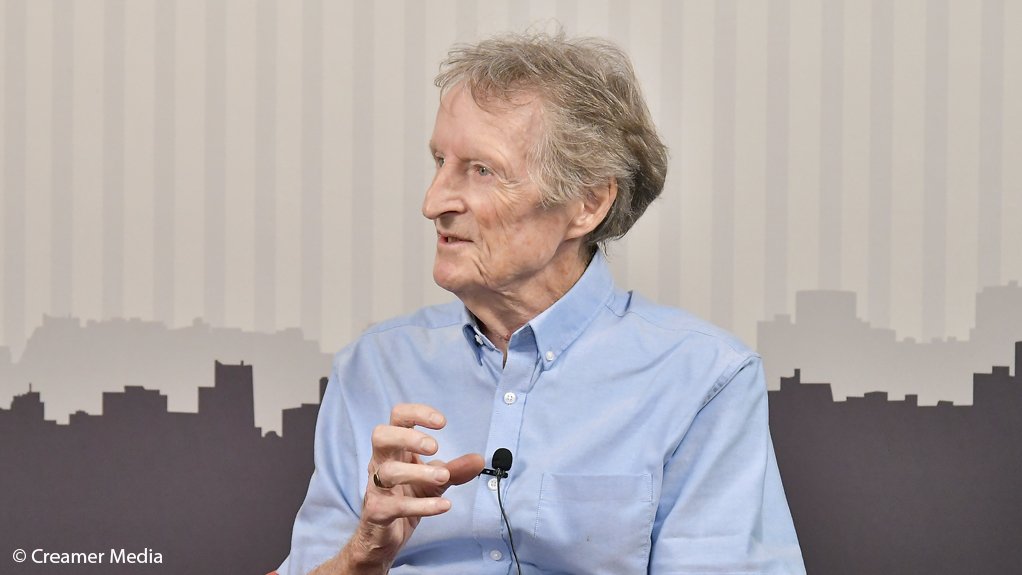JOHANNESBURG (miningweekly.com) – When hydropower was being developed for South Africa’s gold mining industry, the industry was going through a tough time and the research organisation of the day, the Chamber of Mines Research Organisation, or COMRO, ceased to function in the form that it had been for 30-odd years.
Had COMRO continued with its intense hydraulics research through what was such an uncertain time that it merged with the Council for Scientific and Industrial Research, water power could conceivably have been playing a much bigger role in mining than it is now, and would likely be powering underground machinery to a far greater extent than it is.
By way of catch-up, the book, COMRO’S Legacy, edited by Brian Protheroe, and published by the South African Institute of Mining and Metallurgy as part of a special publications series, highlights how water can be an alternative source of power and how hydraulic power can be used for stope machinery.
"There’s a lot of information available," Protheroe commented to Mining Weekly in a video interview – but it has not been disseminated to the extent that it possibly should have been.
As a result, today's mining engineers may not have been made fully aware of hydropower's full potential.
“I think there’s huge potential,” Protheroe emphasised. (Also watch attached Creamer Media video.)
Water is proven to be highly efficient when utilised underground and can be innovatively deployed in many different ways.
To the COMRO research team, the possibilities of using water seemed endless: “We produced winches which worked on water, so everything could be worked on water. We looked at reverse osmosis and there was a whole sequence of how the mine of the future would look,” said Protheroe, who recalled how the impact ripper was envisaged as a round-the-clock mining candidate.
In addition, ice was found to be better at cooling than water, which is better than air.
At the now-closed East Rand Proprietary Mine, the ERPM gold-mining operation, in Boksburg, 8 000 t a day of ice was taken underground in recognition of it having specific coolth four times that of water.
With 10 t of cool air being required for the mining of a single ton of rock, unsurprisingly ice is used to cool the world’s deepest mine, Harmony Gold’s Mponeng operation, west of Johannesburg. Earlier this year, Harmony approved a R7.9-billion project to deepen Mponeng to about 4.1 km by 2030.
GOLD IS STILL DOWN THERE, CAN WE GO AND GET IT?
The gold price is at a record $2 300/oz and South Africa has a lot more gold at depth. Can a technology, perhaps even one involving miniaturisation, be developed to extract it economically?
“Yes, I think it’s open to a new approach, away from the conventional,” was Protheroe’s response.
A 2 km pipe from surface provides 20 MPa, which is 200 bar, which is enough power for the driving of a machine.
A rule of thumb is that for every ton of rock mined, a ton of water is used, with a mine typically reticulating 20-million litres of water and having a system that includes dams and considerable pipework.
EMAIL THIS ARTICLE SAVE THIS ARTICLE ARTICLE ENQUIRY
To subscribe email subscriptions@creamermedia.co.za or click here
To advertise email advertising@creamermedia.co.za or click here












